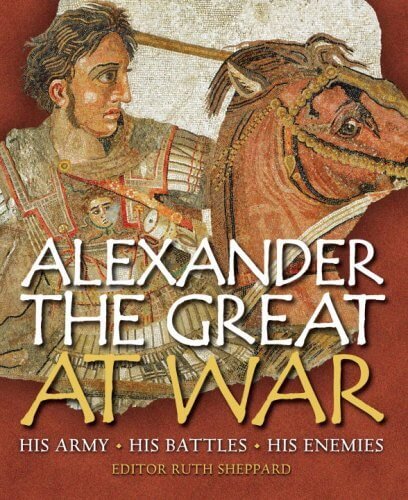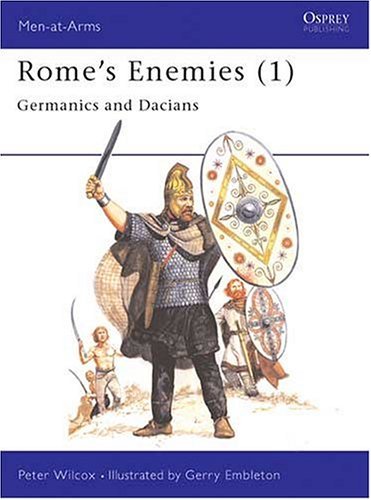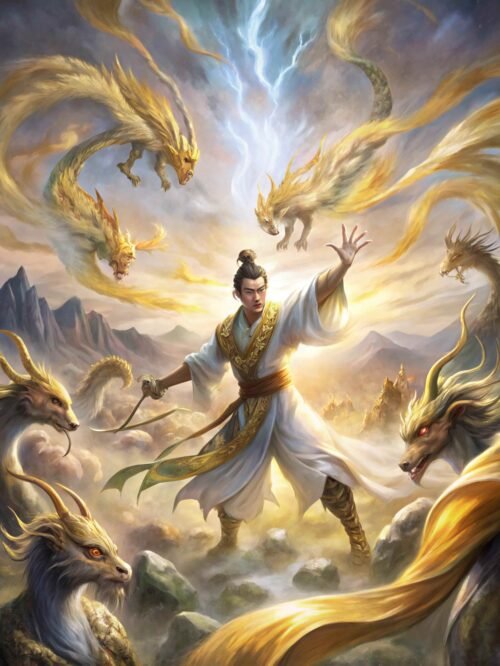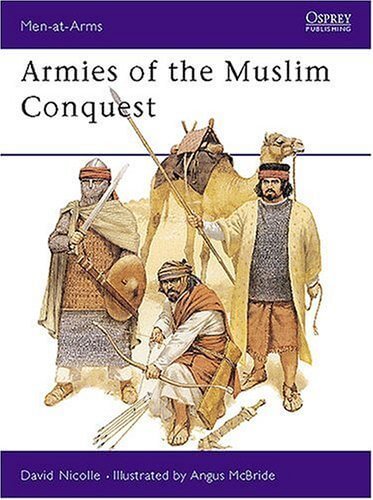“Alexander the Great at War: His Army – His Battles – His Enemies” by Ruth Sheppard
The Definitive Illustrated Chronicle of History’s Greatest Military Genius
Overview
Authored by military historian Ruth Sheppard, this visually rich paperback dissects the unparalleled military career of Alexander the Great (356–323 BCE), whose conquests reshaped the ancient world. Combining 3D battle reconstructions, full-color artwork, and archaeological maps, the book analyzes how Alexander transformed his inherited Macedonian-Greek army into an unstoppable force that toppled the Persian Empire and reached India’s frontiers. Ideal for military enthusiasts and scholars, it explores his tactics, leadership, and the diverse enemies he faced—from Persian kings to Indian maharajas.
Key Features
- The Macedonian War Machine
- Army Composition: Alexander inherited Philip II’s revolutionary reforms, including the sarissa phalanx (18-foot pikes) and elite Companion Cavalry. His forces integrated Thracian skirmishers, Cretan archers, and Persian siege engineers.
- Logistical Genius: Light supply trains enabled rapid mobility—crossing deserts like the Gedrosian and scaling Hindu Kush passes (11,500+ ft) with minimal attrition.
- Decisive Battles
- Granicus River (334 BCE): Alexander’s bold frontal charge shattered Persian satraps, securing Asia Minor. His cavalry wedge exploited gaps in Persian lines.
- Gaugamela (331 BCE): Against Darius III’s 250,000-strong army, Alexander feigned retreat to stretch Persian lines, then spearheaded a cavalry thrust to kill Darius’ charioteer, triggering chaos.
- Hydaspes River (326 BCE): Facing King Porus’ war elephants, Alexander lured Indian forces into flooded terrain, neutralizing their mobility. His horse Bucephalus died heroically here.
- Enemies & Alliances
- Persian Empire: Darius III’s rigid reliance on scythed chariots and Immortals proved futile against Macedonian adaptability. Post-conquest, Alexander adopted Persian titles and integrated nobles like Roxana into his court.
- Tribal Resistance: Sogdian rebels (e.g., Spitamenes) used guerrilla tactics, ambushing supply lines. Alexander retaliated with fortified outposts and marriages to local chieftains’ daughters.
- Cultural Synthesis
- Hellenistic Fusion: Founded 70 cities (e.g., Alexandria-Eschate), blending Greek urban planning with local customs. Persian satraps governed alongside Macedonian officers.
- Religious Pragmatism: Honored Egyptian Amun and Babylonian Marduk, securing loyalty while positioning himself as a divine ruler.
- Legacy & Controversies
- Military Innovations: The hypaspists (shield-bearing infantry) and siege towers at Tyre (332 BCE) set precedents for Roman and medieval warfare.
- Ethical Debates: Critics condemn his massacre of Thebes (335 BCE) and execution of loyalists like Cleitus. Supporters argue such ruthlessness maintained discipline in a multicultural army.
Visual & Analytical Enhancements
(Original Text Translated and Contextualized for Global Readers)
Title: Alexander the Great at War: His Army – His Battles – His Enemies
Author: Ruth Sheppard
Format: Paperback
Rating: N/A (0 reviews)
Full Description:
This Smithsonian-style volume combines bird’s-eye battle maps and artifact photography (e.g., Macedonian helmets from Vergina) to dissect Alexander’s 22,000-mile campaign. Sheppard’s narrative interweaves primary sources (Arrian, Plutarch) with modern archaeology, such as the discovery of Darius III’s abandoned chariot at Gaugamela.
Key Additions for Clarity:
- Comparative Analysis: Contrasts Alexander’s mobility-focused tactics with Persian reliance on static defenses—a lesson later mirrored in Hannibal’s Alps crossing.
- Ethical Context: Explores how Alexander’s “unity through conquest” vision inspired later empires (e.g., Rome) but sowed seeds of posthumous fragmentation among his Diadochi successors.
Why Global Readers Should Care:
- Complements Osprey’s Campaign Series but emphasizes Alexander’s psychological warfare and cultural diplomacy.
- Bridges academic works (e.g., The Campaigns of Alexander by Arrian) with visual storytelling, ideal for understanding leadership in multinational forces.







评价
目前还没有评价